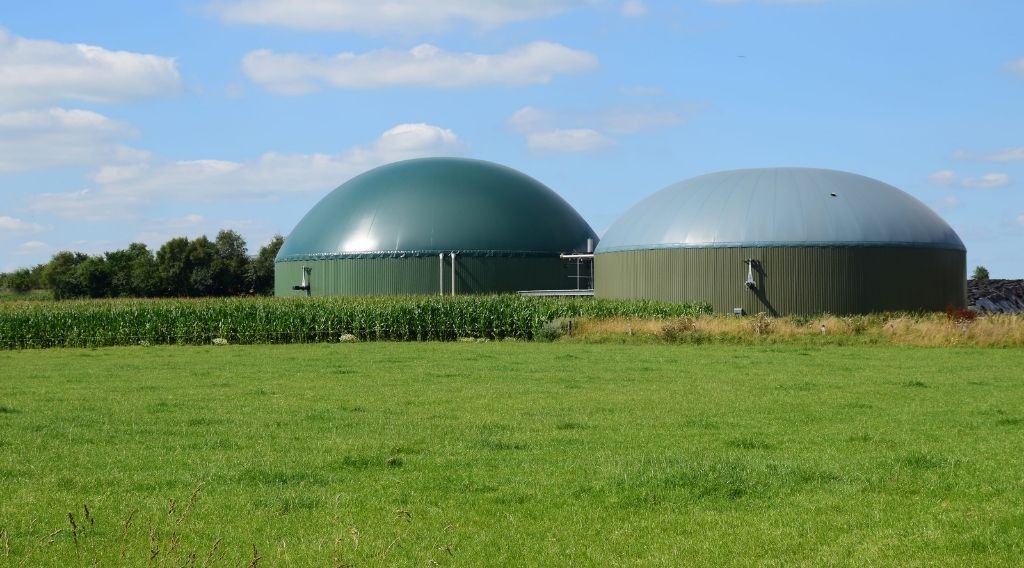Blog Series Explores Renewable Natural Gas from Anaerobic Digestion
June 23, 2021 | Mariem Zaghdoudi | Education

This blog post is the first of a new series where we examine the interrelationship between renewable natural gas (RNG) and anaerobic digestion, address the challenges that have hindered commercialization, and highlight exciting opportunities in the industry.
The next posts in the series will cover key topics and opportunities for RNG and anaerobic digestion:
- Provide a 101 on anaerobic digestion and RNG.
- Discuss some of the possible reasons why biogas derived from food waste is not being widely used despite its various uses and low-carbon footprint.
- Highlight exciting opportunities for the RNG market and what its future may look like.
Throughout the series, we’ll also highlight interviews with subject matter experts and share their perspectives on challenges and opportunities.
Why are RNG and anaerobic digestion important opportunities to explore?
Renewable natural gas, also known as biomethane, is a lower-carbon alternative to conventional natural gas that can be injected directly into natural gas pipelines. RNG is created by upgrading the biogas produced through the anaerobic digestion of organic materials, making the gas renewable.
Biogas can be used in two ways:
- Combusted on-site to produce heat or electricity
- Upgraded to RNG via compressed natural gas or liquefied natural gas for use in vehicles
Upgrading biogas from anaerobic digestion to biomethane that would be injected into the natural gas grid or RNG used as a vehicle fuel offers various benefits:
- provides a waste to energy use for organic feedstocks
- reduces greenhouse gas emissions from the transportation sector
- drives the deployment of a low-carbon fuel
As demonstrated in our 2018 report Anaerobic Digestion Evaluation Study, anaerobic digestion has been increasing across Europe and North America as a way to divert organic materials from landfills and produce energy. According to a report published by the US Environmental Protection Agency, there were just over 200 operational anaerobic digesters processing food waste in 2019.
With Anaerobic Digestion gaining traction as a way to reduce methane emissions from landfills and with incentives like California’s Low Carbon Fuel Standard attracting more RNG investments, both markets could expand significantly in the coming years. However, market expansion also faces significant challenges.
We look forward to discussing the challenges and opportunities in future posts.
This blog was originally published on the Great Plains Institute website.
